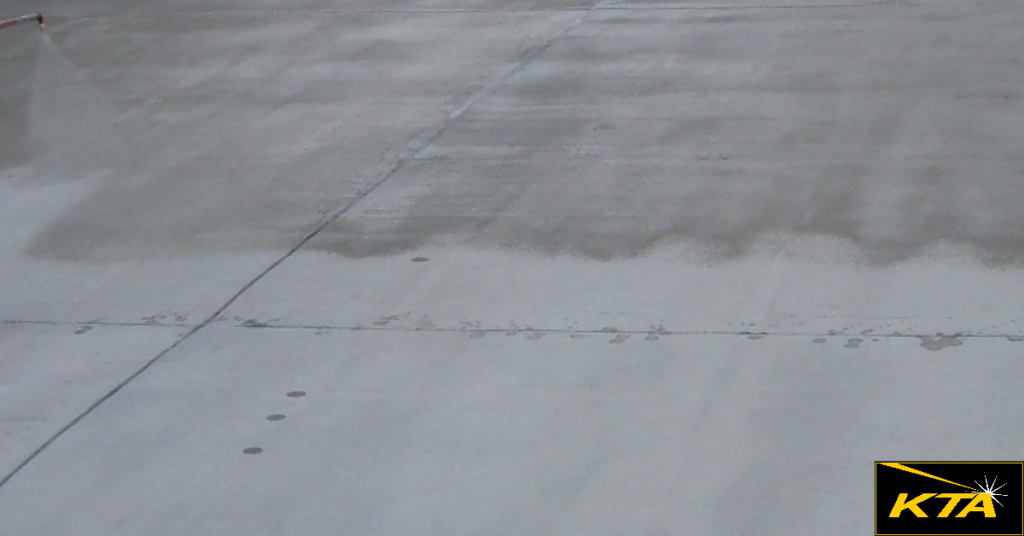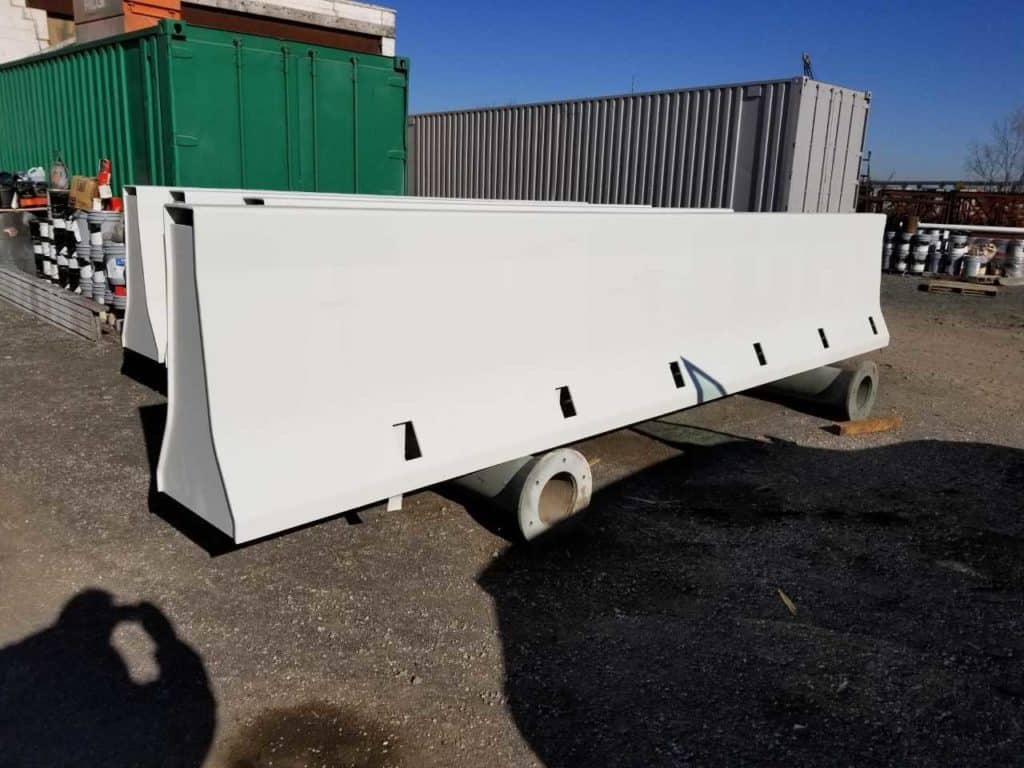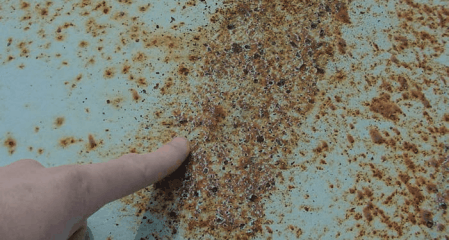The Importance of Concrete Sealers on Concrete Surfaces
Concrete sealers act as water repellents, preventing water and chlorides from permeating the porous concrete surface, thereby protecting it from damage and corrosion.
The Importance of Concrete Sealers on Concrete Surfaces Read More »










